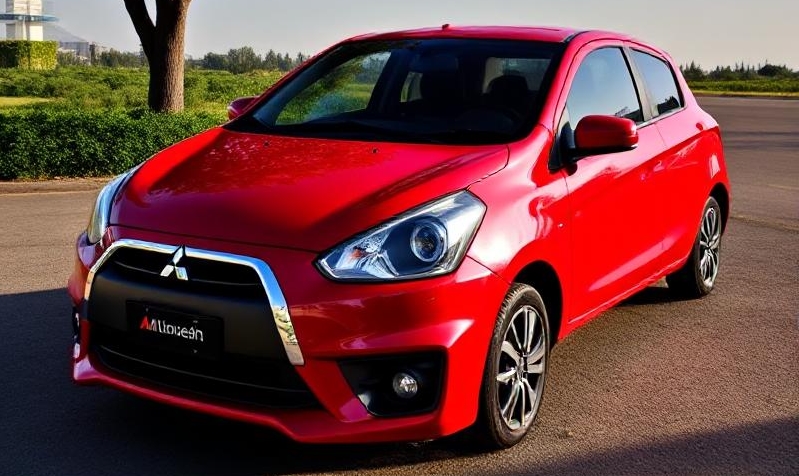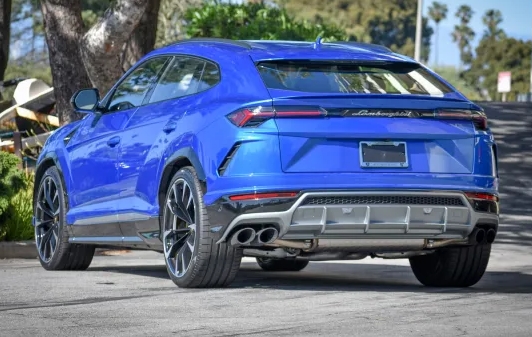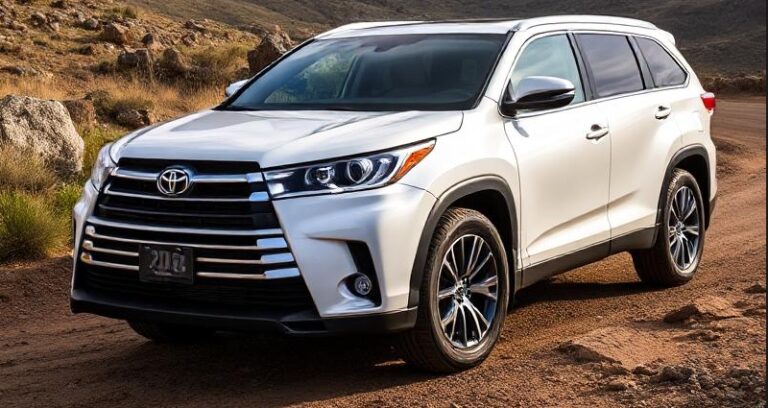The Evolution of the Mitsubishi Mirage: From Compact to Dynamic Subcompact
The Mitsubishi Mirage has carved an intriguing niche in the subcompact car market since its introduction in the 1970s. Known for its efficient design and fuel economy, the Mirage has undergone significant changes in styling, technology, and performance throughout its life cycle. This article explores the evolution of the Mitsubishi Mirage, detailing its history, model changes, and trim levels from the time of its inception to the present day.
Origins: The 1970s and 1980s – First Generation (1978-1985)
The Mitsubishi Mirage made its debut in 1978 as a small, economical car tailored towards the growing demand for compact vehicles. Initially marketed in Japan, the first generation was designed to compete with the influx of small cars following the oil crisis of the mid-1970s. This generation was available as a two-door sedan and a four-door hatchback.
Trims:
- In Japan, trim levels included the base model and the more upscale GT model, catering to buyers looking for performance options.
By 1980, the Mirage expanded its reach, becoming available in markets like Australia and Southeast Asia. The vehicle’s compact size and efficient fuel consumption made it popular, aligning with consumer needs for an economical vehicle during a time of fluctuating fuel prices.
A Global Player: Second Generation (1985-1990)
In 1985, the second generation of the Mitsubishi Mirage was introduced. This iteration saw the car grow in size while enhancing its design to appeal to a broader audience. Mitsubishi positioned the Mirage as a global car, with expanded availability across various countries.
Models:
- Two-door coupe
- Four-door sedan
- Five-door hatchback
Trim Levels:
- Mirage GL (base model)
- Mirage GLX (mid-level with added features)
- Mirage GT (performance-oriented)
The second generation was noted for its reliability and comfort, successfully gaining traction in markets outside Japan. It also marked the introduction of a turbocharged engine option, improving power and performance levels for enthusiasts.
The Global Compact Revolution: Third Generation (1990-1995)
The third-generation Mirage was launched in 1990, notable for more extensive engine options and a more aerodynamic design. The styling of the car took a modern approach that appealed to younger consumers, creating a more sporty aesthetic.
Models:
- Two-door coupe
- Four-door sedan
- Five-door hatchback
Trim Levels:
- Mirage DE (entry model)
- Mirage ES (enhanced features)
- Mirage GS (sportier variant)
This generation also saw the introduction of Mitsubishi’s 1.8-liter engine, blending performance and fuel efficiency. The car received accolades for its handling and versatility, making it a desirable option in the subcompact category.
.

.
Expansion and Further Refinements: Fourth Generation (1995-2002)
The fourth generation, introduced in 1995, built upon the previous version’s success, making significant strides in safety and technology. The design had evolved into a more rounded shape with a refined interior.
Models:
- Two-door coupe
- Four-door sedan
- Five-door hatchback
Trim Levels:
- Mirage DE (base model)
- Mirage ES (enhanced features)
- Mirage GT (performance focus)
- New variants such as the Mirage Sport have been introduced in certain markets.
This iteration also developed a reputation for its durability and long-term value. The vehicle saw broad acceptance across various regions, from Asia to Europe and the Americas, fostering its identity as a dependable subcompact.
The Transition: Fifth Generation (2002-2012)
The fifth generation marked a pivotal point, mainly focusing on global markets, particularly in Asia. The new era of the Mirage introduced more stylish and modern features, aligning with evolving consumer preferences.
Models:
- Four-door sedan
- Five-door hatchback
Trim Levels:
- Mirage DE (entry-level)
- Mirage ES (mid-level with added conveniences)
- Mirage GT (high performance)
The car incorporated contemporary design elements and improvements in fuel economy, larger engines, and enhanced safety features. It focused on a youthful demographic while maintaining its reputation as an economical little vehicle, attracting a diverse range of buyers.
Revival and Resurgence: Sixth Generation (2013-Present)
In 2013, Mitsubishi unveiled the sixth generation of the Mirage at the New York International Auto Show, presenting a fresh design language characterized by a more aggressive front end, improved aerodynamics, and updated interior comfort.
Models:
- Four-door sedan
- Five-door hatchback
Trim Levels:
- ES (base model)
- SE (upgraded comfort and convenience)
- GT (top-tier performance features with a sport-tuned suspension)
The sixth generation of the Mirage focused heavily on efficiency, with significant improvements in fuel economy ratings reaching as high as 40 MPG. The vehicle was equipped with modern safety features and infotainment systems, making it more appealing to tech-savvy young drivers.
In 2021, a mid-cycle facelift updated the exterior and interior design further, emphasizing Mitsubishi’s current design philosophy, with a new front grille, redesigned bumpers, and updated technology within the cabin. These enhancements refreshed the Mirage, ensuring it remained competitive in the ever-evolving subcompact market.
Conclusion: The Enduring Legacy of the Mitsubishi Mirage
From its modest beginnings as a compact car to its evolution into a contemporary subcompact vehicle, the Mitsubishi Mirage represents a journey marked by resilience, adaptability, and continuous improvement. Over the decades, it has morphed through various generations, each contributing to its rich history while catering to the demands of a diverse consumer base.
Aurally recognized for its focus on fuel efficiency, practicality, and affordability, the Mirage continues to attract budget-conscious buyers looking for reliability in an ever-competitive automotive landscape. As it stands today, it embodies a blend of tradition and innovation, maintaining Mitsubishi’s reputation as a brand that prioritizes the needs of everyday drivers.
As the automotive industry progresses towards electrification and advanced technology, it will be intriguing to see how the Mitsubishi Mirage evolves further in response to these global trends. Whether through hybrid models or eventually joining the electric vehicle lineup, the future holds exciting possibilities for the Mitsubishi Mirage.







